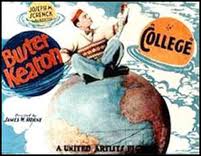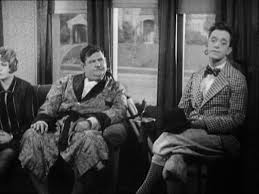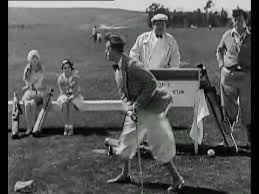MovieMovieBlogBlog is proud to announce the 1st Annual Laurel & Hardy Blogathon!
When: Sat., Oct. 4, 2014.
Where: Right here, at moviemovieblogblog.wordpress.com. (If you have never participated in a blogathon before, click here for an excellent explanation of the procedure, from a fellow movie blogger.)
How: To sign up, leave me a comment on this blog, or IM me at my Facebook page. (I don’t check my email frequently, so it is best that you contact me through one of these venues.) I will be keeping a roster of all the participants and will frequently update it at this blog. I have banners at the bottom of this post that you can put on your sites. During the blogathon itself, when your post is ready to go, simply leave me a comment with your link, or send a message. Please be sure to email me the title and URL of the blog where you will be posting your entry!
Also, I ask that you have your entry posted at least by 12:01 a.m. on Oct. 4, if not sooner. I have previously participated in a blogathon where many of the advertised blogs were not posted by the date of the blogathon, which makes things confusing for anyone who wants to stop by and read people’s entries.
What to submit:
I am looking for posts that review/critique any movie that stars or co-stars Stan Laurel and/or Oliver Hardy. Let me make this clear. You can blog about:
* any of the Laurel & Hardy silent and sound short subjects and feature films
* any movie in which Laurel & Hardy made “guest appearances” (e.g., Hollywood Party)
* any short subject or feature film that stars or co-stars Stan Laurel or Oliver Hardy solo (without their partner)
* also, there are a few documentaries about the team — Cuckoo, Laurel & Hardy: A Tribute to the Boys, and Laurel & Hardy: Their Lives and Magic. I welcome any blog about any of these as well.
What not to submit:
* Please, no general reminiscences about how you “came across” Laurel & Hardy. I would like your blog to be related to a movie that fits one of the above categories.
* Please please, no reviews of: any theatrical cartoons with L&H caricatures; any made-for-TV Laurel & Hardy cartoons; or that feature-film abomination, The New Adventures of Laurel & Hardy: For Love or Mummy.
Other rules:
* As I said, I will keep a running tally at this blog of which movies have been chosen for blogging. If you let me know what movie you want to blog, and I inform you that it’s already taken and you’ll need to choose a different movie, please don’t take it personally. The key words here are variety and fun.
* Please blog only text and/or photos. Do not include any links to online Laurel & Hardy movies, videos, or clips from YouTube or any other Internet media. I would like this blogathon to be seen by as many people as possible, and some sites will not link to blogs with L&H vids due to copyright issues.
* Keep your blog in the bounds of good taste. Stan and Babe are watching from above.
* Blogs can be positive or negative. If you want to express your love for your favorite L&H film, by all means, do so. Conversely, if you think a particular L&H film is overrated and you want to say why, go for it. All I ask is that you couch your comments in thought-out critical terms, as opposed to “Laurel and Hardy suck.”
Roster: Here is the roster of movies and bloggers as of Sept. 16.
THE LUCKY DOG – Silent-ology
FROM SOUP TO NUTS – Way Too Damn Lazy to Write a Blog
THE LAUREL-HARDY MURDER CASE – Once Upon a Screen
WAY OUT WEST – Thrilling Days of Yesteryear
Let’s make this blogathon as big of an online success as the live Oliver Hardy Festival!
Disclaimer: This blogathon is not in any way related to or endorsed by The Oliver Hardy Festival of Harlem, GA.
Banners:
































